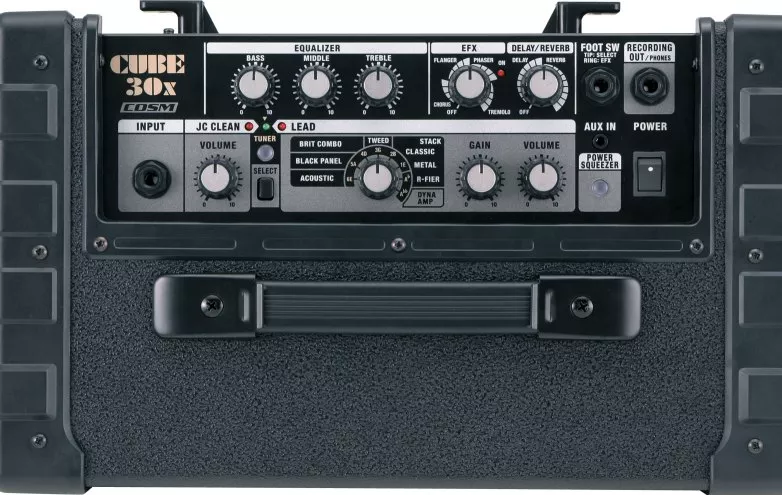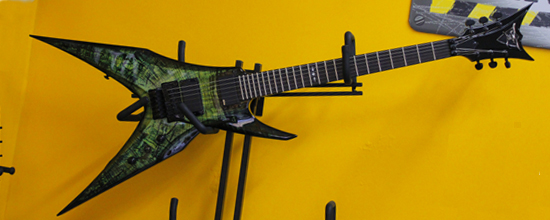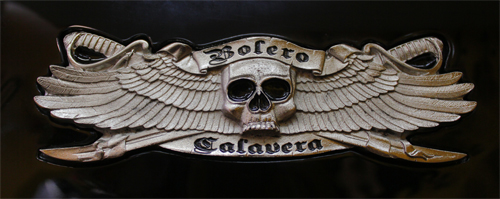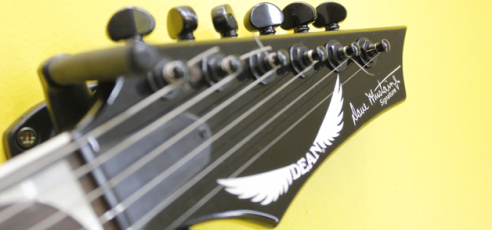- Features
The Roland Cube 30x is sort of an all-in-one amplifier. It’s wattage is 30W rms, and it has a 10-inch speaker. It features a clean channel and a distortion channel with individual volume knobs, a gain knob for the distortion channel, a three-band equalizer for the, effects knob, and delay/reverb knob all shared by both channels. What distinguishes it from the older version, the Cube 30, is that it features a tuner, a “power squeezer”, which is a compressor, and an additional amp model called the DYNA amp. A footswitch can be purchased with it to toggle the EFX on and off and switch between the channels. Last but not least, the amp utilizes COSM modeling for its amp models and effects, the same technology BOSS uses for its multi-effect processors.
- Sound
One thing to keep in mind is that the clean channel is modeled after Roland’s JC-12 Jazz Chorus amplifier, which is sought-after for its crystal-clear sound ideal for jazz and blues. The Cube 30x doesn’t sound exactly like it, but it comes close enough. It gives somewhat of scooped sound which takes away some of the noise. With the “Select” switch toggled, the amp models are activated, and can be chosen via a knob. The first amp model is the called “Acoustic”, which is technically not an amp model, but more of an acoustic simulator. It doesn’t sound close enough to an acoustic guitar. Instead, it sounds like more natural clean channel. After that comes the “Black Panel” which is based on the Fender Twin Reverb amplifier which is ideal for mellow genres of music like jazz, blues, and psychedelic rock. Then comes the “Brit Combo” which is based on the Vox AC-30TB. It has light overdrive and sounds great for soloing. Then comes the “Tweed Amp”, which is based on the Tweed Fender Bassman, a vintage amp that’s sought after by blues and rock guitarists. The “Tweed” channel obviously can’t mimic the sound of this amp, but it does the job alright. Up next is the ”Classic Stack” which is based on the Marshall JMP1987. This model sounds great for playing classic rock and early heavy metal. After that, it’s the “Metal Stack” which is modeled after the famous Peavy 5150, an amplifier used by countless metal guitarists. This channel sounds pretty good for heavy down-tuned riffs maintaining clarity with palm-muting as well. After that, there’s the “R-Fier” model, which is obviously based on the Mesa/Boogie Rectifier. This channel has lots of gain and sounds good for fast riffs and soloing. Last up is the “Dyna Amp”, which is based to react to picking dynamics. The harder the player picks, the more distorted it gets.
- Moving on to the Effects
It’s quite noticeable that they sound pretty decent, but the problem is that they’re not flexible enough. The knob simply increases the effects’ intensities, but they sound well enough for getting an idea for what each one does. They sound better on the clean channel, especially the phaser, which gives chords an altered and wavy sound. The reverb and delay are a bit subtle even when turned all the way up, which is a downside. Last up is the power squeezer, which basically allows the amp to maintain its tonal qualities at lower volumes.
- Overall Impression
This amp is great for the price, however it’s not what tone purists and experienced guitarists seek in amp. It’s great for players that are looking to experiment with effects and get an idea for what they sound like, but for people who have already found the tone they like, the amp probably won’t meet up to their standards.









